Airline codes are often quite easy to understand. You know these codes, they’re the two letters written before a flight number on an airline ticket. Obvious ones are AA for American Airlines, BA for British Airways, HA for Hawaiian Airlines and so on.
Officially called airline designators and assigned by IATA (International Air Transport Association), some seem to have no relation to the airline they represent. Or do they?
Unusual Airline Codes
Czech Airlines have an IATA code of OK. You can see in the image at the top of this post, that its predecessor CSA even had OK Jet written on the tail. Going back to 1927, the International Telecommunications Union assigned radio call signs to each country.
Czechoslovakia was assigned the OK prefix and this is seen today as the code for Czech Airlines. It is also the country code for the aircraft registered in that country, so now you know.
Finnair also have an unusual one, with their flight numbers preceded by the code AY. This stands for Aero Yhtiö, with “yhtiö” meaning “company” in Finnish.
Russia’s Aeroflot is another which seems to have no meaning, but in reality it is much simpler than Finnair. SU is Aeroflot’s code, which stands for Soviet Union.
More Airline Codes Explained
Heading over to Japan, ANA has the code NH. This one stands for Nippon Helicopters, which is how the airline started out as in 1952. It is a nice throwback to history, and the N lives on as ANA stands for All Nippon Airways.
Like Aeroflot, both Aer Lingus and Romania’s Tarom have a code that represents the country name. Aer Lingus have EI which stands for Éire, the Irish word for Ireland. Tarom have RO which presumably stands for Romania.
Qantas in Australia have QF, which is used to represent Qantas Flight. People in Australia will tell each other the flight they’re on by saying, “I’m on QF9 to London” for example.
A fun one is India’s IndiGo who have 6E as theirs, and their inflight magazine is called “Hello 6E”. Saying 6E out loud sounds a bit like “sexy” (especially if you’re from New Zealand!) so that’s pretty cool.
Last Ones
Inheriting the code of a predecessor airline is another way to get unusual airline codes. Brussels Airlines is SN, which was the code of Belgium’s Sabena, which eventually morphed into the airline we have today.
EgyptAir have MS as they started as Misr Airwork which became Misrair. Finally today’s Caribbean Airlines has BW from its predecessor airline BWIA (pronounced locally as Bee-Wee), or British West Indies Airlines.
Overall Thoughts
Obviously it’s much easier for people to understand when the code matches the airline name. It’s entirely possible that FR stands for Fly Ryanair, but during cancellations I am sure there is another word that would be appropriate to match to that F.
Do you know the meaning behind any other unusual airline codes that I may not have listed? I’d be interested in hearing about them. Thank you for reading and if you have any comments or questions, please leave them below.
To never miss a post, follow me on Facebook, Twitter and Instagram.
All my flight and lounge reviews are indexed here so check them out!
Featured image by Tim Rees on Airliners.net via Wikimedia Commons.
Finnair image by Anna Zvereva via Wikimedia Commons. Aer Lingus image via Aer Lingus.
Sabena image by Torsten Maiwald on Airliners.net via Wikimedia Commons.

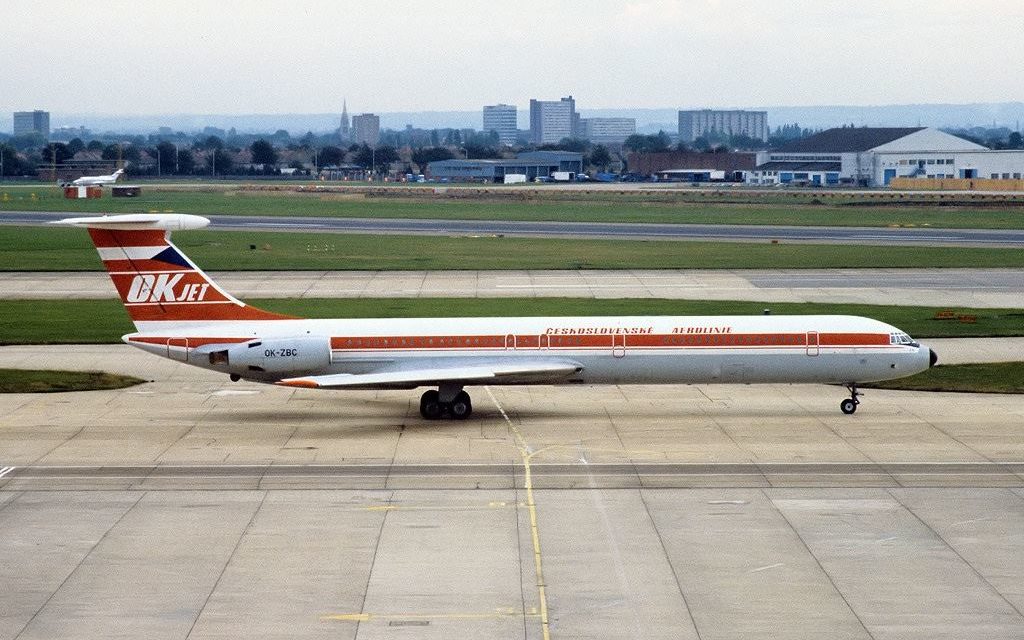
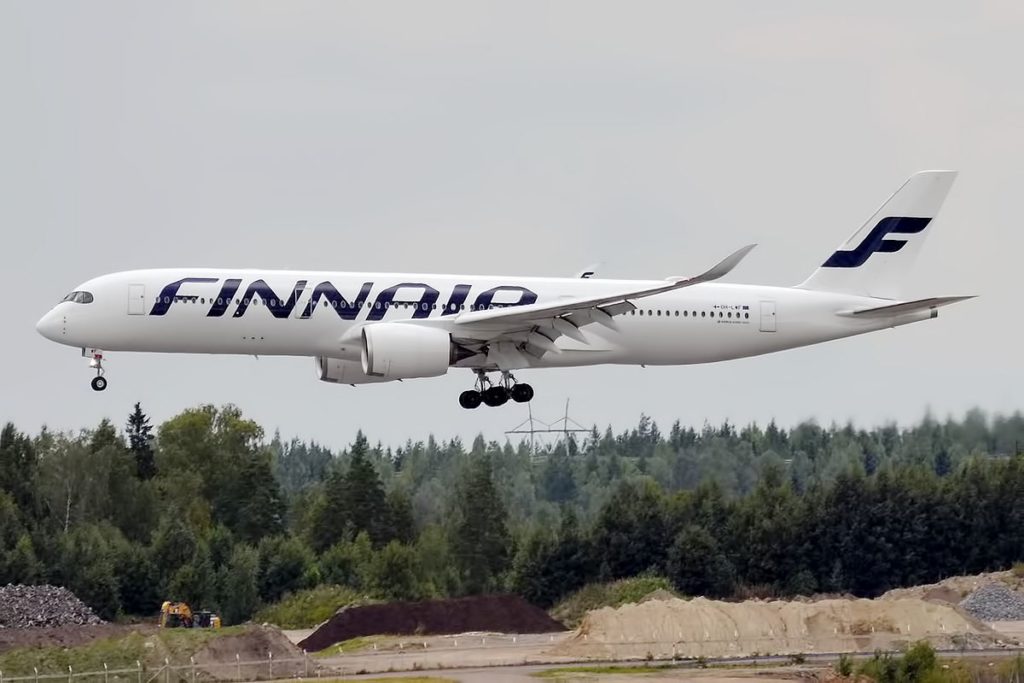
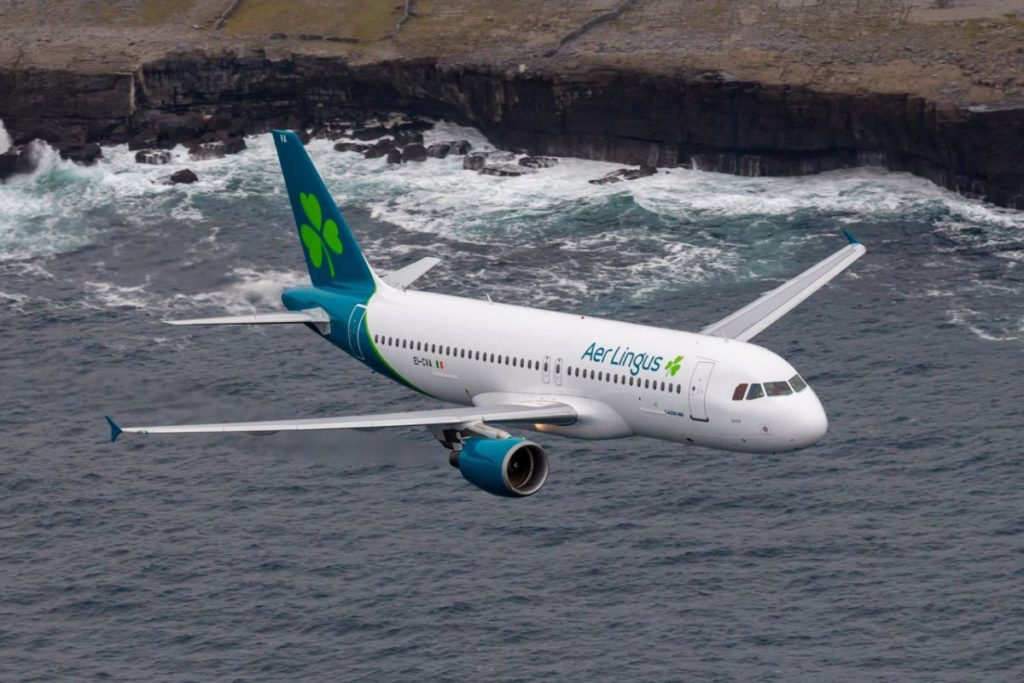
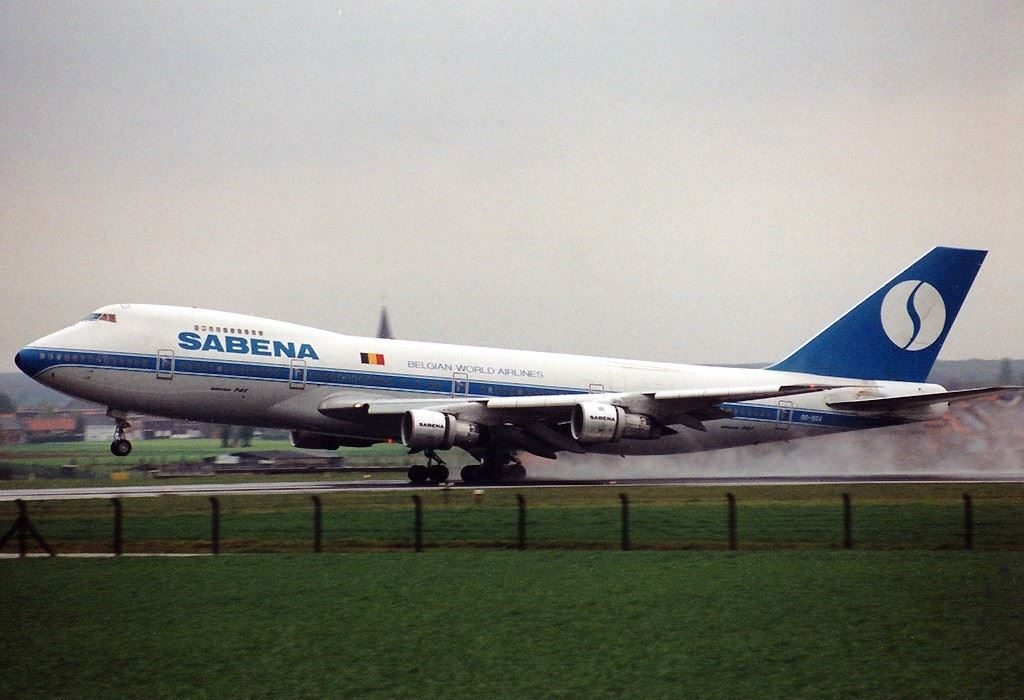
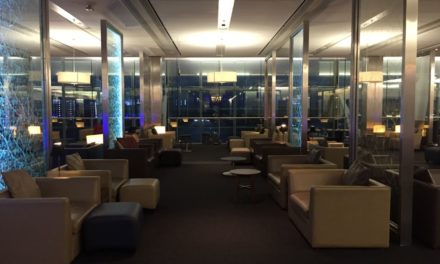

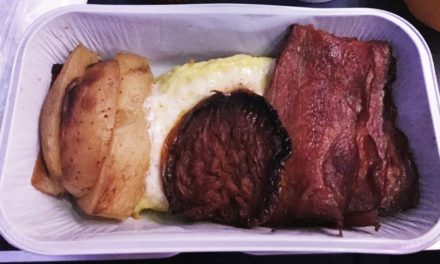
Elal’s LY stands for Lydda, the English name of the airport they first started flying from (Lod in Hebrew).
Austrian’s OS stands for Österreich, which is Austria in German.
Oh that’s pretty cool, I didn’t know that! Great to know both of those – thanks very much!
Some that have passed but are intriguing:
America West’s code was HP. This was because America West was launched using the operating certificate of defunct Hawaii Pacific.
Air New Zealand is one of the few airlines to change their code. It’s now the expected NZ, but it was once TE, in reference to their predecessor airline, Tasman Empire Airways.
Nice, I didn’t know that about America West. Definitely nice to know some from the past there. Thanks for the comment!
[…] Flight Detective tracks down the source for some less obvious two letter […]
Air Serbia inherited JU from its predecessor airline JAT Airways, which itself was a successor to JAT (Yugoslav Air Transport, or Jugoslovenski Aerotransport in Serbo-Croatian), the national airline of Yugoslavia, of which Serbia was part from 1918 to 2006.
Excellent, another mystery solved! Thanks very much for taking the time to let me know. Really good to know that one too 🙂
EgyptAir’s old name was Misr Airlines, hence the current code of MS.
Absolutely correct!